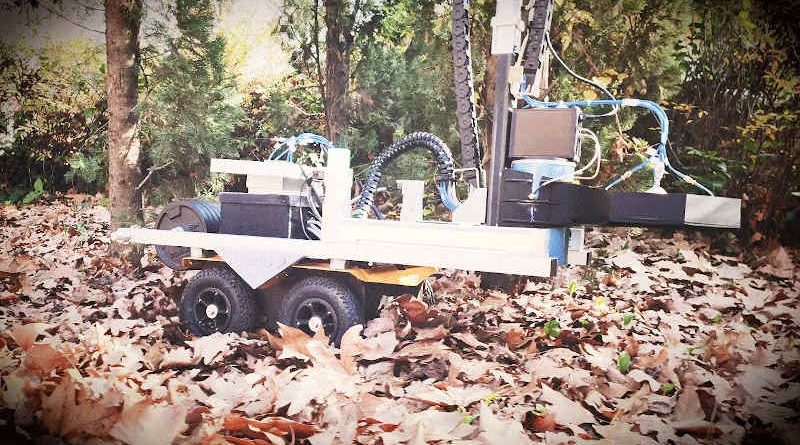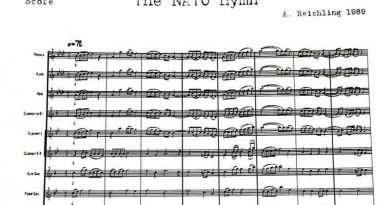NATO Introduces Explosive Ordnance Disposal Robot

NATO Introduces Explosive Ordnance Disposal Robot
The concept of UGO-1st is now developed for different cooperating robots, controlled remotely with an easy human-computer interface.
NATO informs that explosive ordnance disposal (EOD) is one of the most dangerous jobs in the world. But with millions of pieces of ordnance left over from conflicts all over the world, it’s necessary to detect and remove explosive remnants of war to protect civilians.
To assist with this hazardous work, NATO scientists at the University of Florence in Italy have developed the first generation of a new EOD robot. The “UGO-1st” is smaller, smarter and more agile than previous equipment and it has two innovative types of radar to detect and identify underground objects quickly.
The concept of UGO-1st is now developed for different cooperating robots, controlled remotely with an easy human-computer interface. This allows for both military and civilian applications, to detect subsurface objects or structures with very low set-up time.
According to NATO, this is a key advantage compared to common hand-held, ground-penetrating radar or metal detectors. There are many consolidated areas for civilian use, like floor, road and pavement inspection, both indoor and outdoor.
In the new project, there are industrial end users who are interested in seeing a version of UGO-1st equipped with an ultra-wideband ground-penetrating radar for pavement thickness surveys, or in using holographic microwave radar imaging to detect underground services or cultural heritage items.
NATO says that the development of UGO-1st, and now its evolution in the DEMINING ROBOTS project, requires teams with different backgrounds – in electronics, robotics, electromagnetism, computer science and applied geophysics.




